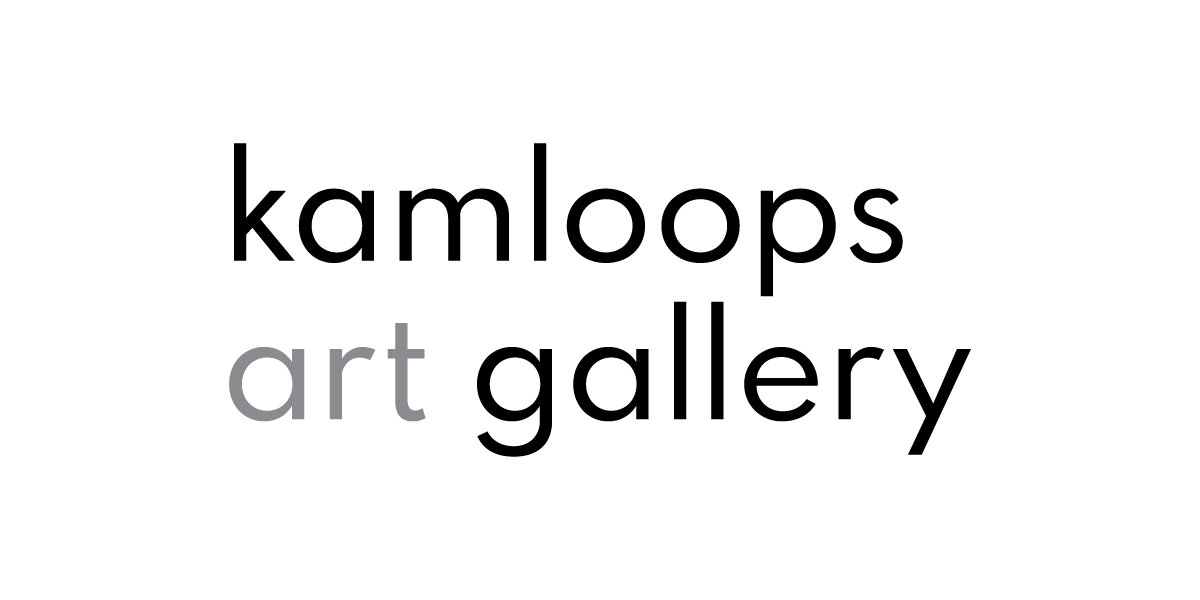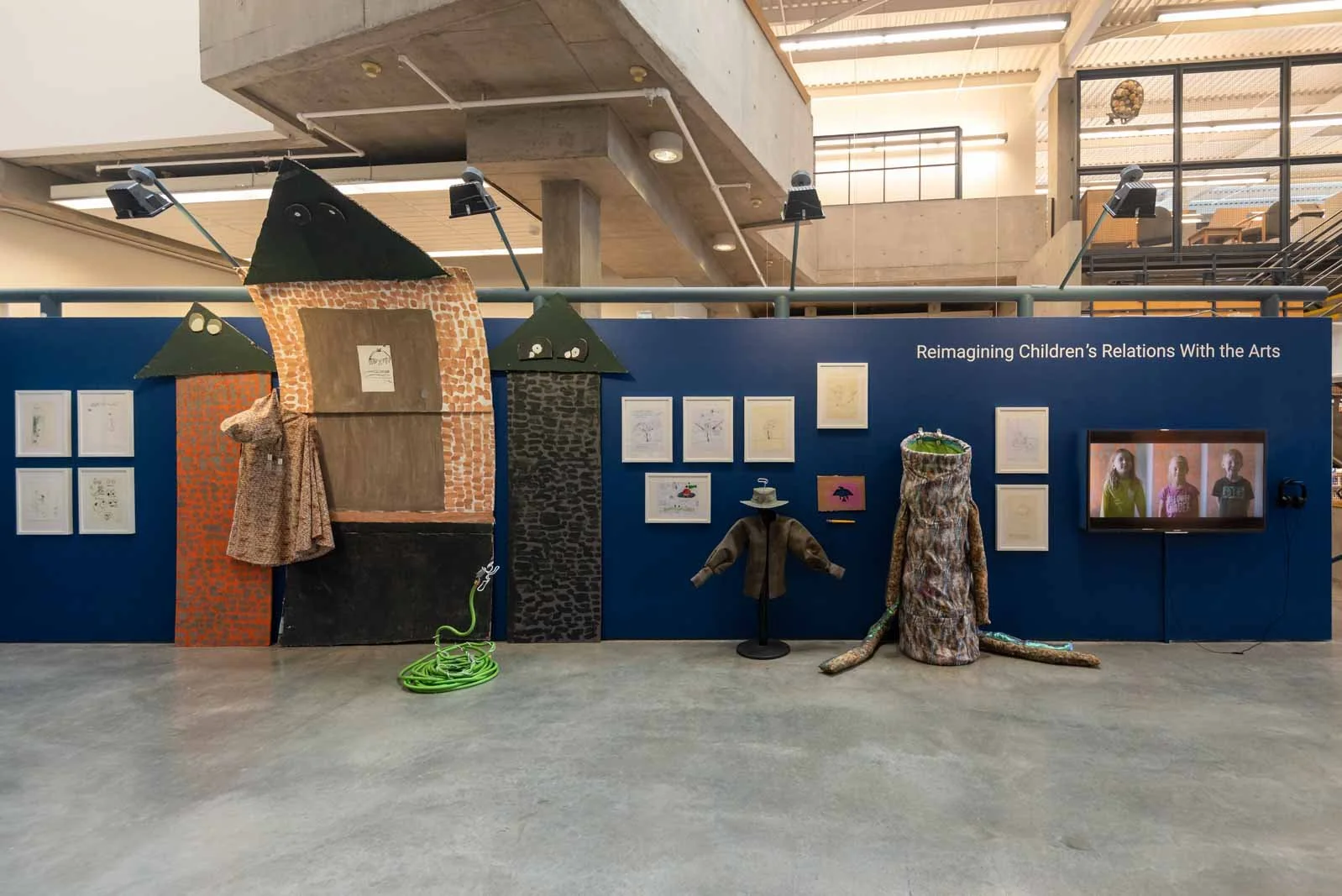Reimagining Children's Relations with the Arts
Open Gallery
September 27 to November 29, 2025
Reimagining Children's Relations with the Arts presents pedagogical work created by children aged five and six in response to Métis artist Amanda Strong’s stop-motion film Biidaaban: The Dawn Comes, exhibited during Stories That Animate Us in the fall of 2024 at the Kamloops Art Gallery. This artwork emerges from a longer, three-year collaboration among children, early childhood educators, a pedagogist, artworks, and the Kamloops Art Gallery, where a small group of children visited weekly throughout the school year to engage with the shifting exhibitions.
As an educational project, educators and a pedagogist worked with intentions that reached beyond making space for children’s creativity. We wanted to listen closely to how children’s ideas intersected with the ideas shared in the film. We wanted to intensify that conversation through making, performing, and relating.
Our central pedagogical questions were: what might become possible when children and artworks are treated as a collective in-the-making? By insisting on this collective orientation, what might be created and invented in early childhood education? The composition of the collective shifted over the three years, shaped by the exhibitions selected by the Kamloops Art Gallery. With Biidaaban, the project involved myriad aspects: the group of children, the film, Amanda Strong, the characters, cameras, educators, digital audio recorders, paper, pencils, fabric, floors, coats, snacks, a pedagogist, and many more participants too numerous to name here.
In response to their weekly engagements with the film, the children created stories, performed parts of the film, imagined how to work through and with the characters, worked with complex film-making processes, and encountered and negotiated themes of colonization with its effects and resistances. Over time, the children created their own film. This process included designing costumes and sets through sewing, building, and painting, as well as rehearsing how they might perform as lights, trees, sprinklers, and roots.
The resulting film shown in the exhibition may appear polished, but a close viewing reveals the traces of ten months of collaborative work with one another, with cameras, and with the ideas from Biidaaban. The process was full of pauses, interruptions, negotiations, returns, and revisions that stretched and challenged everyone involved. What is shared resists quick solutions and easy resolutions; it highlights the complexities that arise whenever groups attempt to create something together.
Without offering a definitive blueprint or presenting a “best practice,” we hope this work invites others in early childhood education to imagine new possibilities for widening our collaborations and considering with whom we might co-create curriculum.
This work took place on the lands of the Tk’emlúps te Secwépemc peoples, within unceded Secwépemcu’lecw. As an educational project, our work is never separate from the histories and legacies of colonialism. With this in mind, we work in small ways to open space toward more just futures.
Photo: Teresa Donck-Matlock







